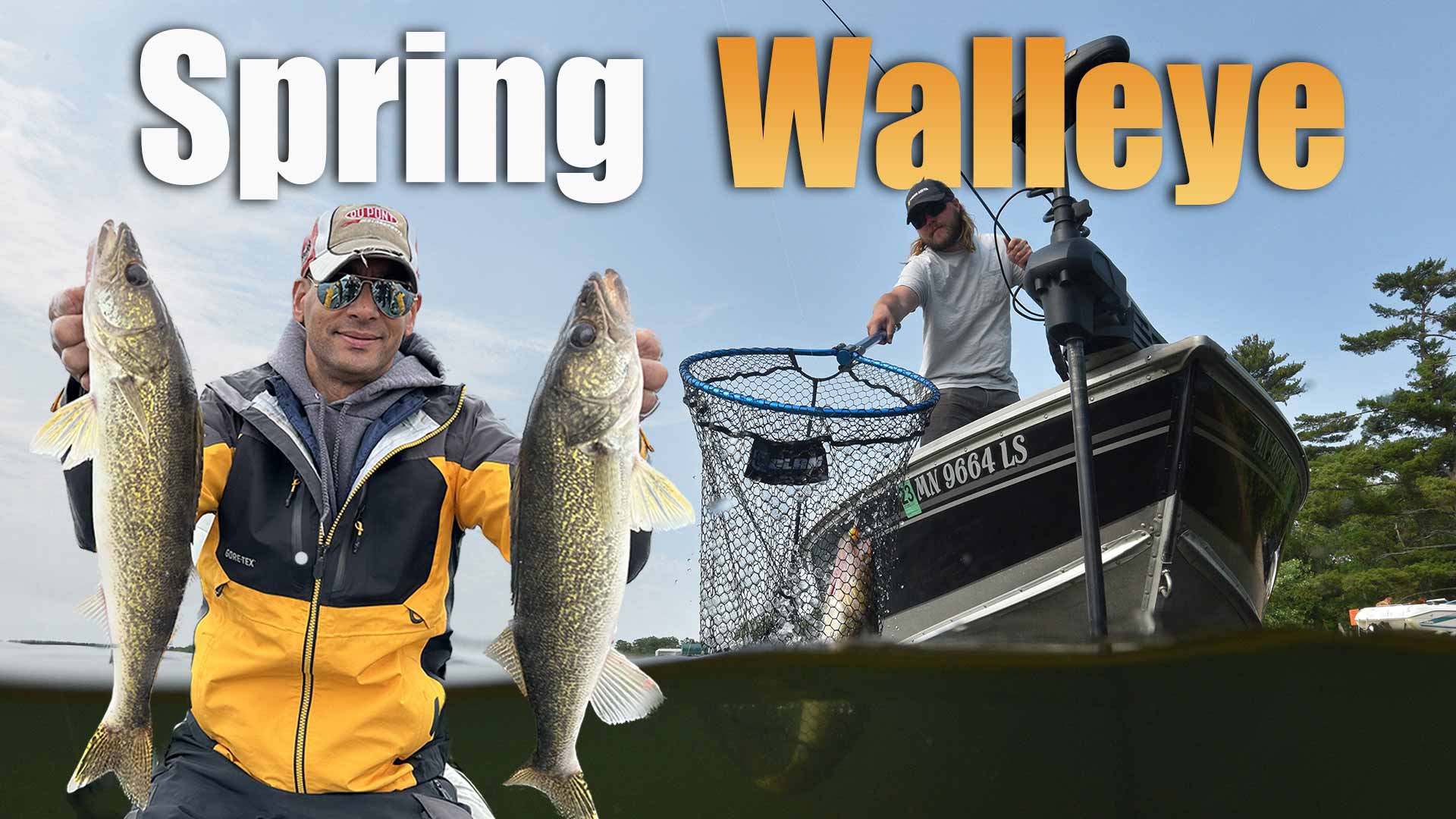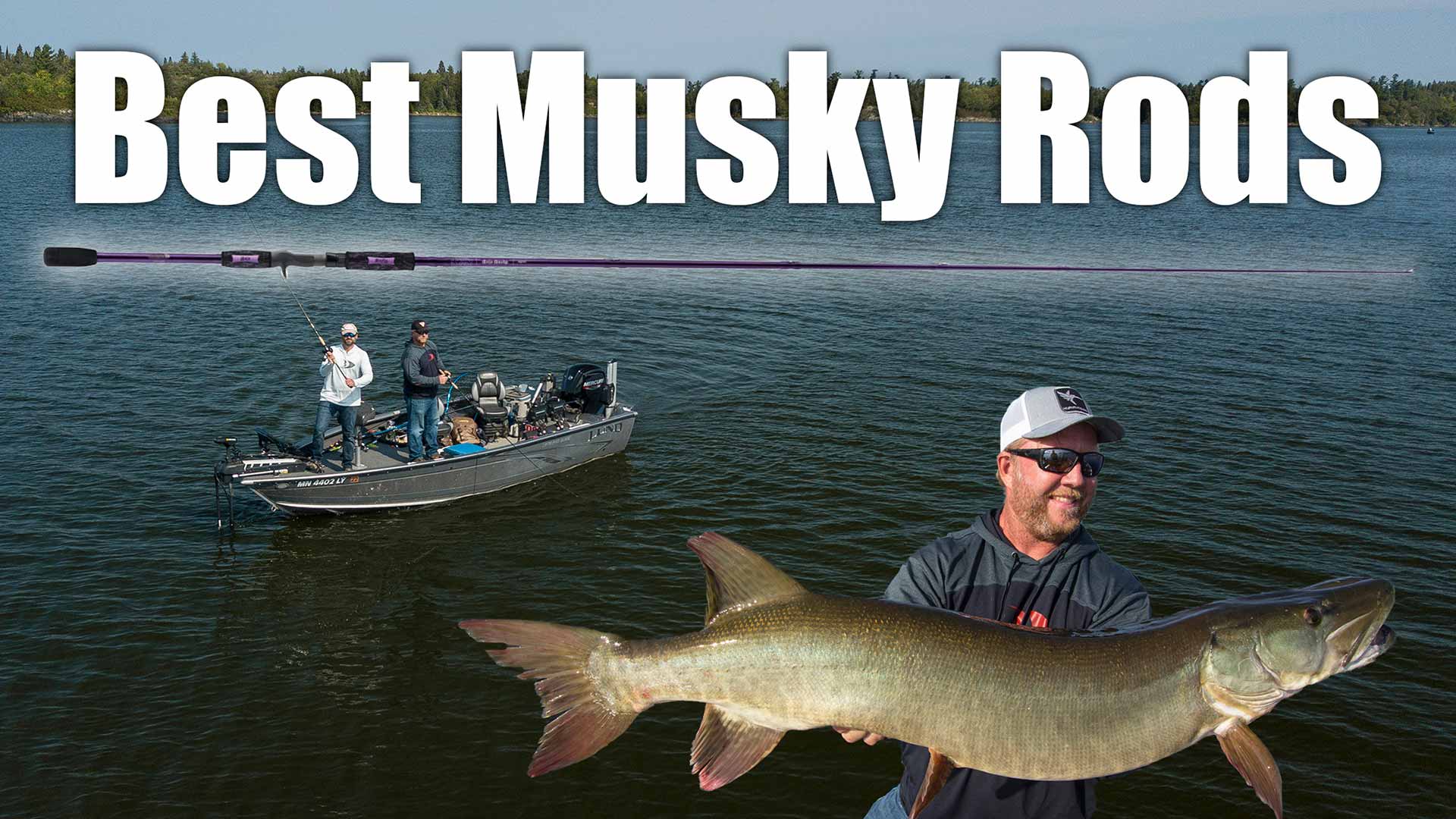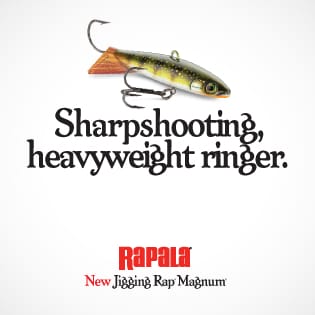Whitefish Late Summer Location
In late summer, schools of whitefish shift from deep basins to the edges of midlake structures, at or around the depth of the thermocline. Use your electronics to locate schools of roving fish, then vertically jig spoons or Jigging Rapalas to provoke strikes.
Whitefish Late Summer Location
Whitefish are a popular fish species found in the northern states of the Great Lakes and throughout most of Canada. They are commercially harvested in large numbers and are particularly popular with ice fishermen. However, many anglers give up on whitefish once the ice melts, thinking they are too difficult to track due to their nomadic lifestyle. But it doesn’t have to be that way. In this article, we will explore how to locate whitefish in late summer and increase your chances of a successful fishing trip.
Finding Whitefish
The first step in locating whitefish is to choose a body of water that has a good population of these fish. State and provincial websites often showcase their fisheries or conservation departments, which provide lake-by-lake information on fish populations. Look for lakes where whitefish are present in good numbers and give them a try.
Utilizing Good Electronics
To effectively locate whitefish, it is essential to have good electronics that feature accurate lake maps. Having imaging and side imaging capabilities can be particularly helpful. Be prepared to do some driving around and looking for fish before wetting a line. In early to mid-summer, whitefish often remain quite deep, including below the summer thermocline. However, in late summer, they may move shallower, particularly to obvious structures or areas within the main basin.
Identifying Potential Fishing Spots
To start your late summer whitefish recon, look for distinctive points jutting out from shore, humps surrounded by deep water, and narrow neck downs between islands with deep water nearby. These areas are often frequented by whitefish. Before fishing these spots, scan them for signs of life on your electronics. Whitefish appear as groups of fairly large fish, which can easily be mistaken for walleyes.
Catching Whitefish
When you find a promising spot, it’s time to try catching whitefish. Keep in mind that you won’t know for sure what species are present until you try catching them. Whitefish can be quite abundant, and you may even get a double line. They are known for their strong fight, so be prepared for a battle when reeling them in.
Handling Whitefish
Whitefish can range in size, with some reaching impressive weights. It’s important to handle them carefully to ensure their survival. Avoid horsing the fish and take your time when reeling them in. If you plan on keeping them, consider using a net to safely land the fish. Whitefish are delicious when smoked, so if you have the means, consider smoking them for a tasty treat.
Conclusion
Don’t give up on whitefish once the ice melts. With the right approach and equipment, you can successfully locate and catch whitefish in late summer. Remember to choose a body of water with a good population of whitefish, utilize good electronics with accurate lake maps, and scan potential fishing spots for signs of life.









